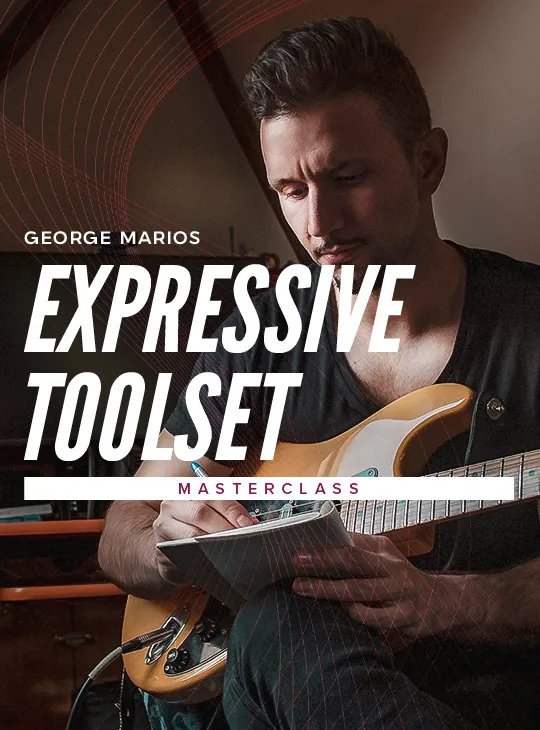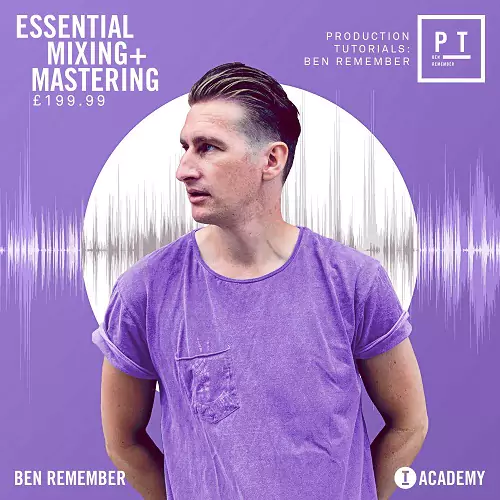Instrumental Thinking Part II [TUTORIAL]

Instrumental Thinking Part II [TUTORIAL]
In Part 2, we continue the exploration of instrumental thinking within the different orchestral groups, we go through the groups following the same order and arrangement as in Part 1. There, we covered the solo instrumental variations for each instrument and will now explore what kind of musical and compositional interaction occurs when we start combining multiple instruments from duo to trio to quartet combinations as well. Although there are so to speak only nine lessons, each lesson though is very extended and dives deeper into all details of each model explained. Also the different treatments of the string orchestra will deserve much more attention .
In the downloadable features, the full spoken text is edited completely and we have added for each model a QR Code so that you will be able to listen independently to every tracks of all models. It is highly recommendable to commence first with the first part of this preliminary course in orde to understand fully the second part. We are convinced that by gradually following the first and second part of Instrumental Thinking you will be well prepared to start the serie of The Five Archetypes of Orchestration after.
In Instrumental thinking no assignments are provided, but you are advised to try to follow up the given models by selecting yourself a given melody suitable for transformations and imitating and emulating the models exposed in this course: in that manner, you might more deeply understand and gain insight in the mechanism of arranging, orchestrating, transcribing and composing.
What you’ll learn
- We handle tools to you how to treat simple lines into instrumental parts for different instrument families
- We deal with each characteristic of each instrument family and experience its implications into varied writing
- We make difference between treatment of a single string instrument and instrument string groups
- This study offers a deeper preparation into the art of orchestration
- Additional information about playing techniques, notation and ranges are incorporated as well
- We examine the implications when you start working with combinations of duos, trios and quartets
Requirements:
- Basic knowledge of music theory is required
- Basis insight of ranges of instruments, score reading is a plus







Post Comment